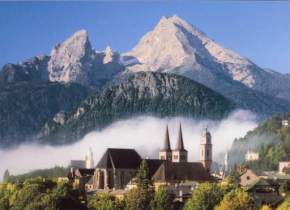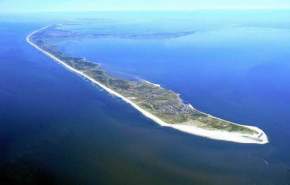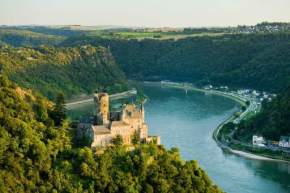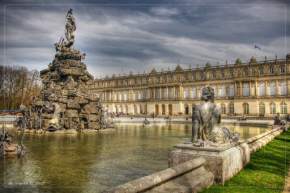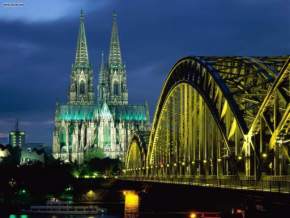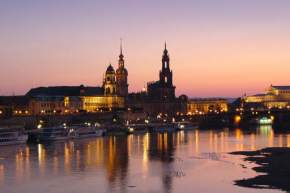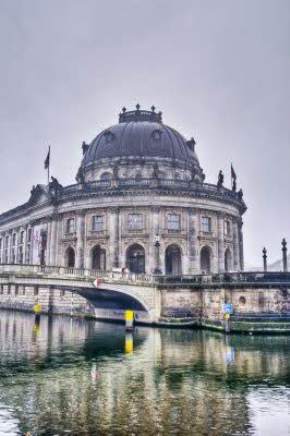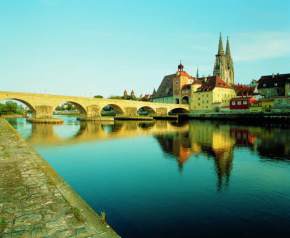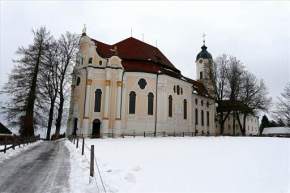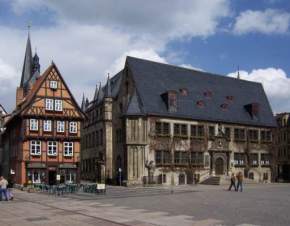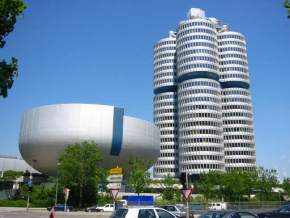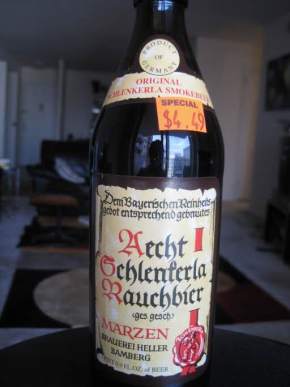Travel Within Germany
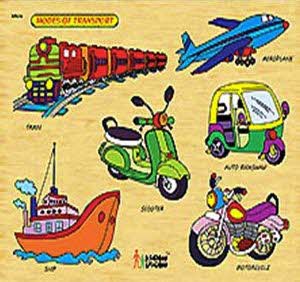
Germans are zoomed at moving people around, and the public transportation complex is among the best in Europe. The two best ways of getting around the country are by car and by train. Regional bus services pack the gaps in areas not well served by the rail system.
With two seas and a lake- and river-filled realm, don’t be amazed to find yourself in a boat at some point or other. For basic transport, boats are principally used when travelling to or between the East Frisian Islands in Lower Saxony; the North Frisian Islands in Schleswig-Holstein; Helgoland, which also belongs to Schleswig-Holstein; and the islands of Poel, Rügen and Hiddensee in Mecklenburg-Western Pomerania. Scheduled cruiser services function along sections of the Rhine, the Elbe and the Danube. There are also ferryboat services in areas with no or only a few bridges as well as on chief lakes such as the Chiemsee and Lake Starnberg in Bavaria and Lake Constance in Baden-Württemberg. Buses are the most omnipresent form of public transportation and basically all towns have their own inclusive network. Buses run at standard intervals, with limited service in the evenings and at weekends. Some cities function night buses along the most popular routes to get night owls securely back home.

